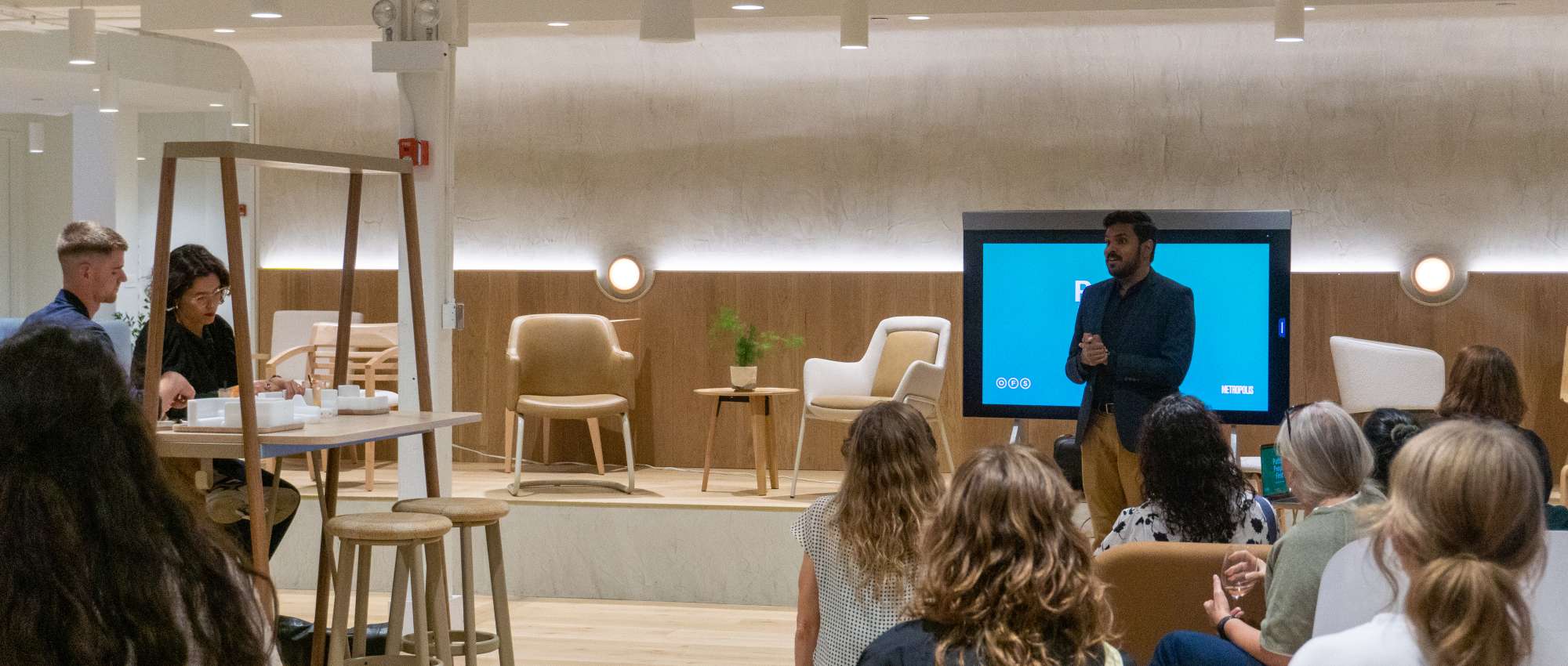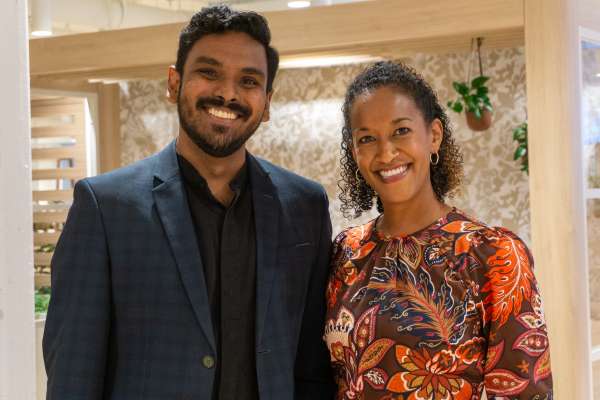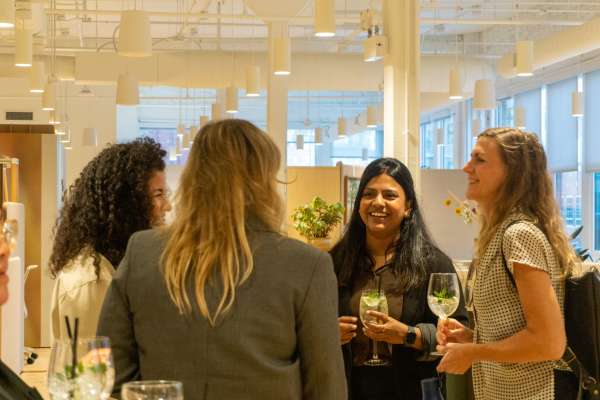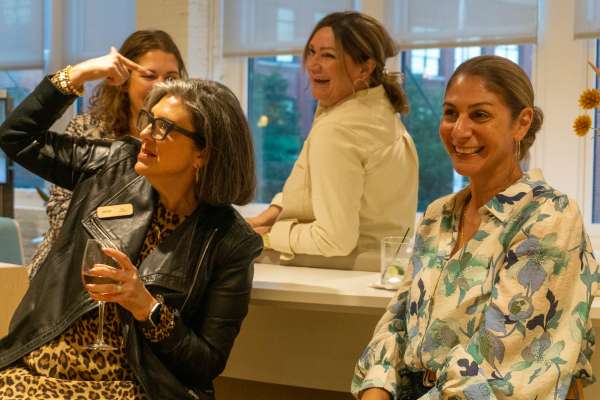Insights from OFS x Metropolis designer event in Chicago, IL.
By Maria VanDeman, Director of Design Strategy, OFS
When we talk about design today, we are talking about living ecosystems within the design process, not just buildings or products.
At a recent Chicago event hosted by OFS and Metropolis, led by Avinash Rajagopal, Editor in Chief, a shared idea kept surfacing about how design sits at the center of community. Every decision we make ripples outward through the people who use a space, the hands that craft it, and the cultures and environments it touches.
Design lives in connection, and through the circles of community, craft, and care that give it meaning.
1. Design begins with community
Designers are rethinking what it means to be community-centered. One designer described it beautifully as a set of concentric circles. At the core are the people who live, work, learn, or heal within a space. Around them are those who build, supply, and maintain it. Beyond that are the local environments, cultures, and industries that sustain us all.
When we design with these circles in mind, sustainability becomes personal. It’s not only about the materials we choose, but about how those choices support the people and places behind them. Healthier materials lead to healthier processes, which strengthen the communities that make design possible.
Design that begins with community expands our understanding of impact. It reminds us that every decision reaches further than we can see and that true sustainability grows from human connection and shared responsibility.
2. Stories connect people to purpose
In a world full of metrics and data, what designers really want is meaning.
We remember the story of the craftsperson who sourced wood from a family-run mill, or the school workshop that brought local students into the design process. We remember the finish chosen because it created safer conditions for the people who made it, and for those who will live with it for years to come.
Stories remind us that design is human work. They help clients see why choices matter, empower teams to advocate for better outcomes, and connect our work back to people and place.
3. Spaces that calm and restore
As our lives grow louder and more digital, designers are focusing on creating sensory-rich spaces that help people slow down. These spaces feature textures that invite touch, light that shifts with the day, greenery that restores calm, and acoustics that offer a sense of refuge.
These small but powerful details reflect both evidence and empathy, shaping spaces that truly support wellbeing. A quiet corner, a natural material, or a view of the sky can have measurable benefits. Design has the power to help people exhale, and to feel grounded, focused, and at ease.
4. Stewardship over perfection
Human-centered design has no single formula. Each project reflects who we include, what we value, and how we listen. The work doesn’t end when a space opens; it continues as we observe, learn, and evolve through the people and experiences that shape it.
Design lives in stewardship, and in caring for people, materials, and the stories they carry. Each thoughtful decision adds another ring to the circle, strengthening the connection between people and purpose.
We have the privilege of shaping environments that shape lives. The true measure of our work is not the space itself, but the care we bring to every circle it touches.
For more insights and updates, be sure to follow Maria on LinkedIn and the Imagine a Place podcast.



